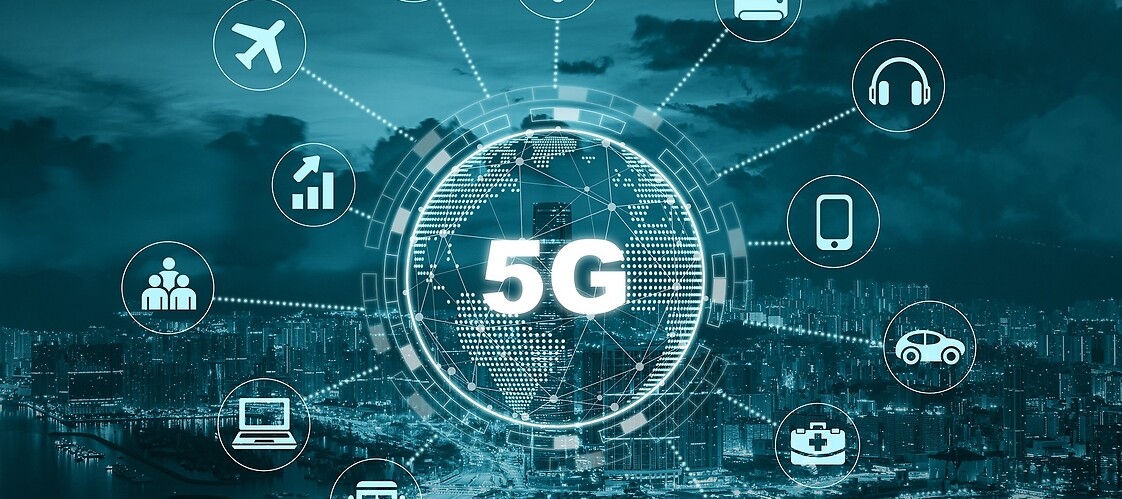
5G network is safe
24 April 2020
5G networks generate lower exposure levels than existing 4G networks, neither have they any connection with the coronavirus pandemic.
Any risks posed by new technologies to the health and safety of citizens are properly assessed. This precautionary approach is already being taken into account in the initiative of 5G network deployment in Poland.
In particular, Council Recommendation 1999/519/EC[1] sets out strict limits for exposure of the public to electromagnetic fields according to which EU exposure limits for the general public are always at least 50 times lower than the guidelines of the International Commission on Non-Ionising Radiation Protection (ICNIRP) suggest as having any effect on health[2]. European Commission reviews the above mentioned Recommendation under current circumstances. 5G networks generate lower exposure levels than existing 4G networks and they stay well below the safe health limits at international level and recommended at EU level.
In March 2020 ICNIRP released new Guidelines[3], which confirm the appropriateness of existing limits for the exposure to electromagnetic fields.
European Commission is now looking carefully into ICNIRP’s findings, and will re-examine the situation based on a review by its relevant scientific committees[4]. What is more it currently works on the Implementing Regulation in accordance with art. 57 of the European Electronic Communications Code[5], which will define the constraints on a small set of physical and technical characteristics of small-area wireless access points being volume, weight, visual impact and emission power. The aim is to among others provide for high levels of public health protection against electromagnetic fields.
According to the limits currently recommended by the WHO International Agency for Research on Cancer (IARC) exposure to electromagnetic fields is classified in the same category as pickled vegetables, and is less risky than eating red meat, night shift work or drinking hot coffee (see 2011 report[6]).
Information about any connection of 5G to the coronavirus pandemic are false. According to a recent announcement of the World Health Organisation[7] viruses cannot travel on radio waves/mobile networks. COVID-19 is spreading in many countries that do not have 5G mobile networks. COVID-19 is spread through respiratory droplets when an infected person coughs, sneezes or speaks. People can also be infected when touching a contaminated surface and then their eyes, mouth or nose. It is impossible for 5G to have any impact on the spread of the virus.
[1] https://eur-lex.europa.eu/legal-content/EN/TXT/PDF/?uri=CELEX:31999H0519&from=EN
[2] https://www.icnirp.org/cms/upload/publications/ICNIRPemfgdl.pdf
[3] https://www.icnirp.org/cms/upload/publications/ICNIRPrfgdl2020.pdf
[4] https://ec.europa.eu/health/scientific_committees/scheer_en; +
https://ec.europa.eu/info/research-and-innovation/strategy/support-policy-making/scientific-support-eu-policies/group-chief-scientific-advisors_en
[5] https://ec.europa.eu/digital-single-market/en/news/european-electronic-communications-code-updating-eu-telecom-rules
[6] https://publications.iarc.fr/126
[7] https://www.who.int/emergencies/diseases/novel-coronavirus-2019/advice-for-public/myth-busters






